Engagement World War II | Role Aircraft delivery Founded 20 July 1941 | |
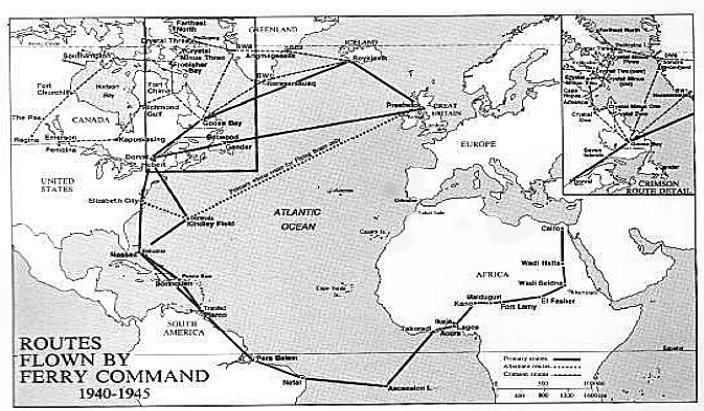 | ||
Active 20 July 1941–25 March 1943 Similar RAF Transport Command, RAF Coastal Command, RAF Air Support Command, Royal Canadian Air Force, Tenth Air Force | ||
Raf ferry command 1942
RAF Ferry Command was a Royal Air Force command formed on 20 July 1941 to ferry aircraft from the place of manufacture or other non-operational areas, to the front line operational units, e.g., the squadrons. It was subsumed into the new Transport Command on 25 March 1943 by being reduced to Group status. It had a short life, but it spawned, in part, an organisation that lasted well beyond the war years during which it was formed.
Contents

History
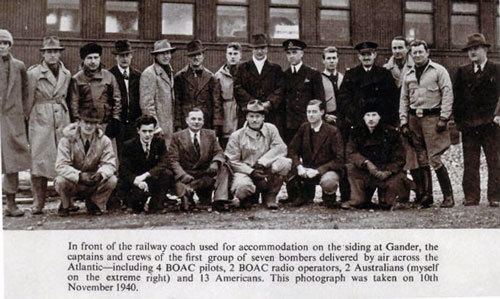
The practice of ferrying aircraft from US manufacturers to the UK was begun by the Ministry of Aircraft Production. Its minister, Lord Beaverbrook, a Canadian by origin, reached an agreement with Sir Edward Beatty, a friend and chairman of the Canadian Pacific Railway Company, to provide ground facilities and support. MAP would provide civilian crews and management. Former RAF officer Don Bennett, a specialist in long distance flying and later Air Vice Marshal and commander of the Pathfinder Force, led the first delivery flight in November 1940. In 1941, MAP took the operation off CPR to put the whole operation under the Atlantic Ferry Organization ("Atfero") was set up by Morris W. Wilson, a banker in Montreal. Wilson hired civilian pilots to fly the aircraft to the UK. The pilots were then ferried back. "Atfero hired the pilots, planned the routes, selected the airports [and] set up weather and radiocommunication stations."

The organization was passed to Air Ministry administration though retaining civilian pilots, some of which were Americans, alongside RAF pilots, navigators and British radio operators. The crews were briefed by local meteorologists like R. E. Munn. After completing delivery crews were flown back to Canada for the next run.

Ferry Command was formed on 20 July 1941, by the raising of the RAF Atlantic Ferry Service to Command status. Its commander for its whole existence was Air Chief Marshal Sir Frederick Bowhill.
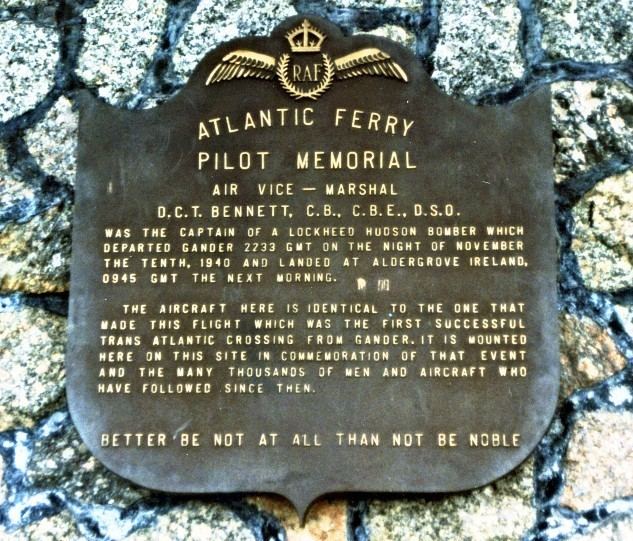
As its name suggests, the main function of Ferry Command was the ferrying of new aircraft from factory to operational unit. Ferry Command did this over only one area of the world, rather than the more general routes that Transport Command later developed. The Command's operational area was the north Atlantic, and its responsibility was to bring the larger aircraft that had the range to do the trip over the ocean from American and Canadian factories to the RAF home Commands.
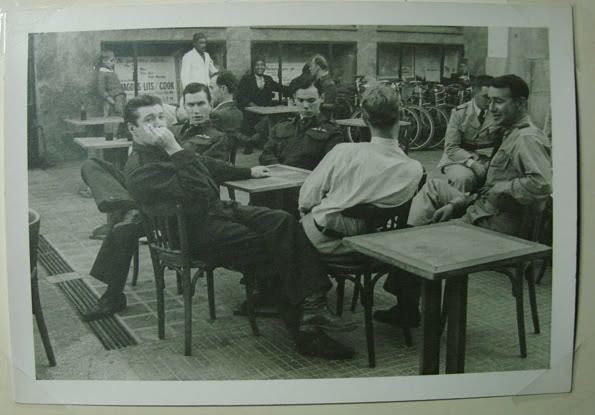
This was pioneering work: before Ferry Command, only about a hundred aircraft had attempted a North Atlantic crossing in good weather, and only about half had made it. Over the course of the war, more than 9,000 aircraft were ferried across the ocean and, by the end of the war, crossing the Atlantic had become a routine operation, presaging the inauguration of scheduled commercial air transport services after the war.
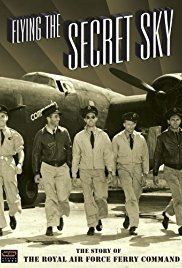
Ferry Command was subsumed into the new Transport Command on 25 March 1943 by being reduced to Group status as No 45 (Atlantic Ferry) Group. No. 45 Group still retained responsibility for Atlantic aircraft ferrying operations, but Transport Command was a worldwide formation, rather than a single-mission command. Bowhill became the first commander of Transport Command.
Aircraft were first transported to Dorval Airport near Montreal, and then flown to RCAF Station Gander in Newfoundland for the trans-Atlantic flight.
